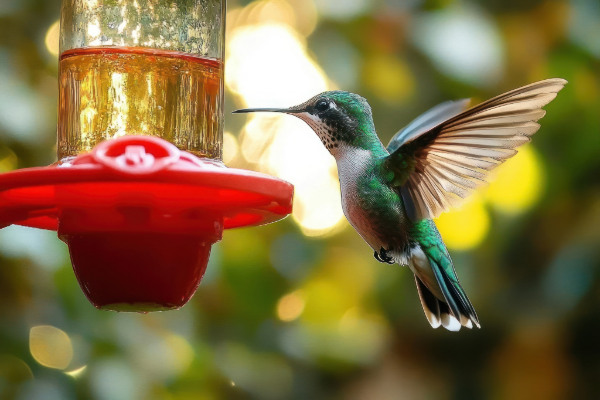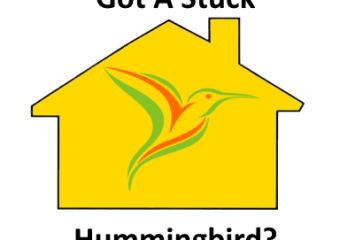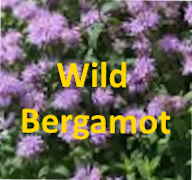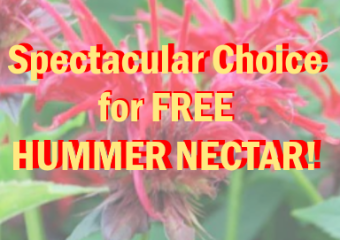Spring Nectar Tips: How to Make Hummingbird Nectar for Early Birds
Spring Nectar tips are essential for anyone eager to welcome hummingbirds into their garden, especially during the early migratory season. As these tiny, vibrant birds return from their winter retreats, providing fresh, homemade nectar is one of the best ways to attract and nourish them. Understanding how to properly make hummingbird nectar ensures that you offer a safe and effective food source, helping the birds thrive while adding life and color to your outdoor space.
Why Making Your Own Hummingbird Nectar Matters
While commercial hummingbird nectar is available, making your own homemade solution is often preferred by bird enthusiasts. The main ingredient in nectar is sugar dissolved in water, mimicking the natural nectar found in flowers. By creating this simple mixture yourself, you can avoid harmful additives, preservatives, or artificial sweeteners that may be found in store-bought remedies. Additionally, fresh nectar is less likely to spoil and attract unwanted insects when prepared using the right guidelines.
The Perfect Recipe: How to Make Hummingbird Nectar
The classic recipe for hummingbird nectar is straightforward and effective. You only need two ingredients: white granulated sugar and water. Here’s the simple ratio and process you should follow:
Ingredients:
- 1 part white granulated sugar (e.g., 1 cup)
- 4 parts water (e.g., 4 cups)
Instructions:
- Bring the water to a boil. Boiling helps dissolve the sugar completely and sterilizes the mixture, reducing the risk of mold or bacterial growth.
- Stir in the white sugar until fully dissolved.
- Allow the nectar to cool completely before filling your hummingbird feeder.
- Store any unused nectar in the refrigerator for up to one week.
Avoid using honey, artificial sweeteners, or brown sugar, as these can be harmful to hummingbirds or promote mold growth in feeders.
Spring Nectar Tips: Attracting Early Birds to Your Garden
Early spring is a critical time for hummingbirds. Arriving from migration, they seek rich food sources to regain their strength and prepare for nesting season. Here are some tips to maximize your nectar’s appeal during this period:
- Place feeders near flowering plants: Planting native flowers such as columbines, bee balm, or salvia enhances the natural attraction. Hummingbirds appreciate a combination of feeders and natural nectar sources.
- Keep feeders clean and fresh: Spring’s warmer temperatures can cause nectar to spoil quickly. Clean your feeders with hot water and mild soap every few days, and replace the nectar regularly.
- Use bright red feeders: Red attracts hummingbirds more than other colors. Opt for feeders with red accents or designs to catch their attention.
- Avoid pesticides nearby: Hummingbirds are sensitive to chemicals, so refrain from using pesticides around feeder areas or feeding stations.
- Consider feeder placement: Position feeders in a shaded or partially shaded spot to reduce nectar spoilage caused by direct sunlight. Also, placing feeders near sheltered areas can protect birds from predators.
Signs Your Nectar Is Ready and Safe
If your nectar mixture appears cloudy, bubbly, or has a foul smell, discard it immediately. These are signs of fermentation or mold, which are unsafe for hummingbirds. Fresh nectar is clear and odorless, resembling the natural nectar found in flowers. Ensuring your nectar is clean and fresh will encourage repeated visits from hummingbirds and help maintain their health.
Additional Spring Nectar Tips: Enhancing Your Bird-Watching Experience
- Use multiple feeders: Scatter several feeders around your yard to reduce competition and attract more hummingbirds.
- Provide fresh water sources: Besides nectar, hummingbirds enjoy shallow water for bathing and drinking.
- Be patient: It may take a few days for hummingbirds to discover new feeders, but once established, they often become regular visitors.
- Avoid overfeeding: More nectar isn’t always better. Replace what the birds consume in three to five days to keep it fresh.
Conclusion
Creating your own homemade nectar is a rewarding way to support early migrating hummingbirds during spring. By following these practical spring nectar tips, you ensure a safe, attractive, and nutrient-rich food source that will keep these delightful little birds coming back all season long. Not only will your garden flourish with their presence, but you’ll gain the joy of watching one of nature’s most captivating creatures up close.






